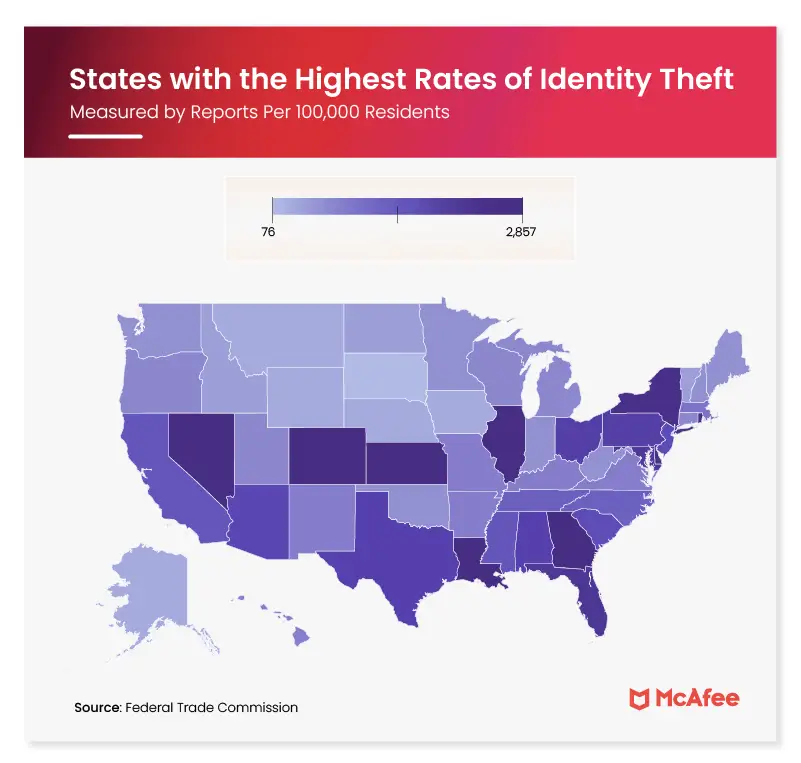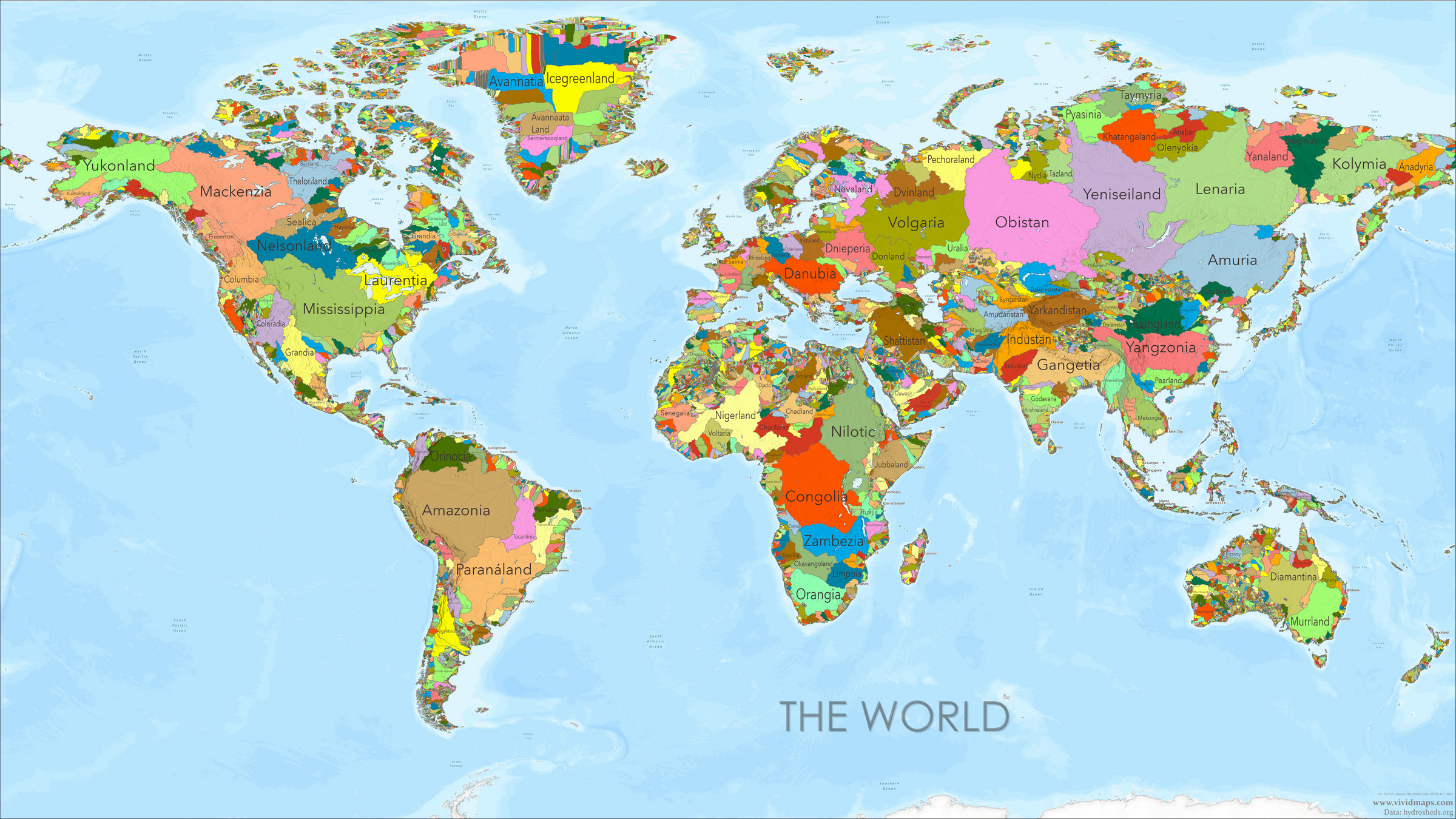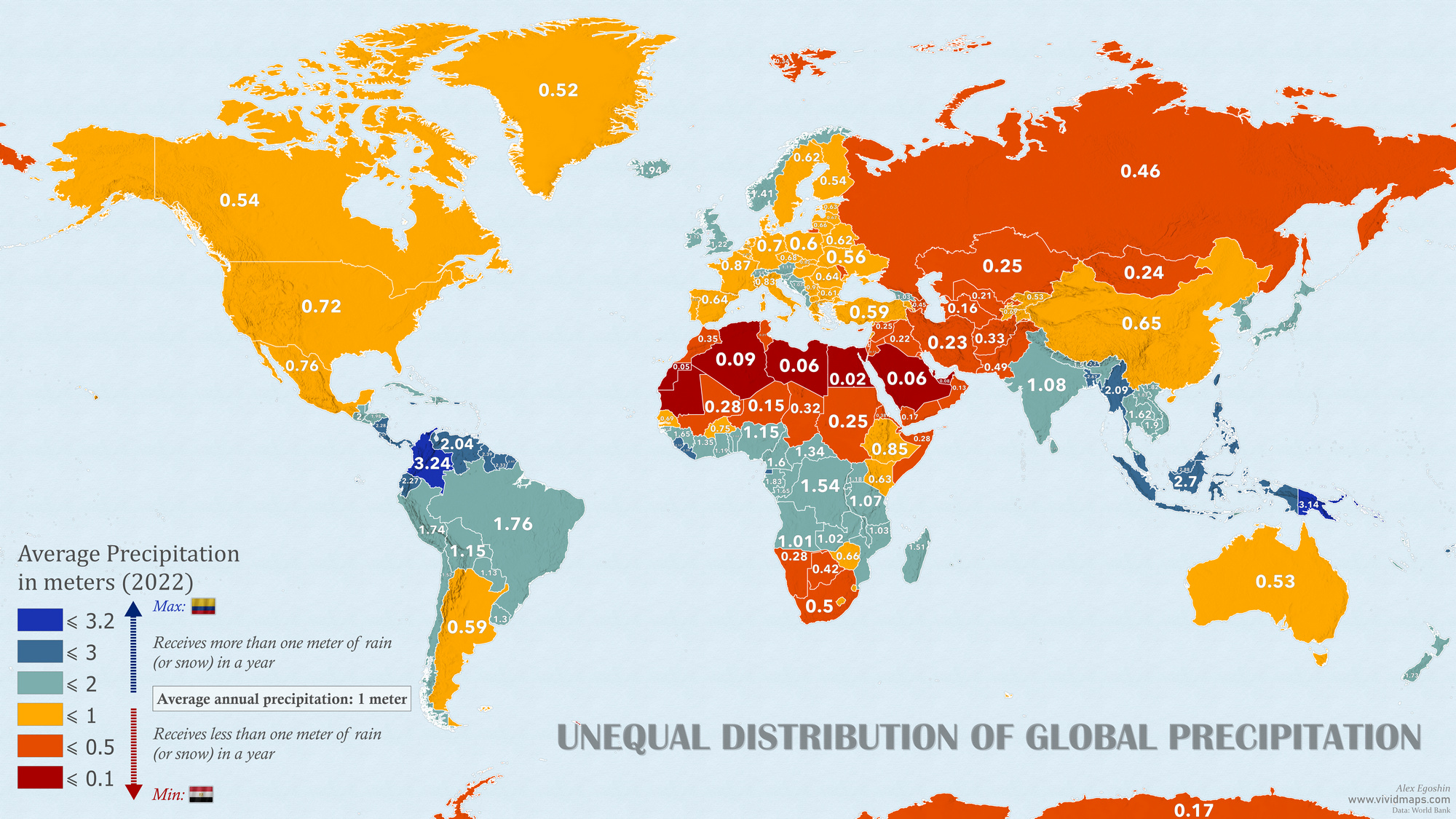Is London Really That Rainy? Comparing the Capital’s Rainfall to the Rest of Europe
It’s a running joke that Londoners never leave the house without an umbrella. The city’s connection to grey skies and damp pavements is part of its identity—but is it really justified?
To help answer that, Reddit user bezzleford created a map using average precipitation data from the Royal Netherlands Meteorological Institute (KNMI). The idea is simple: compare the annual rainfall in London to the rest of Europe. London gets around 600 mm of rain per year, so areas with more are marked in blue, and those with less in yellow.

What the map shows is that London isn’t as exceptional as it might seem. A good chunk of Europe is wetter, including some regions that might surprise you. Much of France, parts of Germany, and even northern Spain, most of Portugal, and Italy receive more rain than London. That’s right: it’s not just the Scottish Highlands or coastal Norway – even areas better known for vineyards, olive groves, or riverside towns outpace London in annual precipitation.
On the drier end of the spectrum, you’ll find large parts of eastern and southeastern Europe, including Romania, Ukraine, and Greece. These areas tend to have continental or semi-arid climates, with lower overall precipitation.
Why does London feel so wet?
The real reason London has a soggy reputation probably has more to do with frequency than volume. According to the Met Office, the capital sees about 110 days of rain per year, that’s roughly one in three days. But it often falls as a light drizzle rather than a downpour.
Other cities may get more total rain but have fewer wet days. Rome, for example, gets more annual rainfall than London, but the showers are heavier and happen less often. On the flip side, cities like Amsterdam and Brussels see almost 200 days of precipitation, meaning London actually falls somewhere in the middle when it comes to rainy day frequency.
Europe’s rainfall isn’t standing still
It’s worth remembering that these comparisons are based on past averages, and things are already changing. According to the European Environment Agency, northern Europe has been getting wetter, especially in the winter months. At the same time, southern Europe is seeing drier conditions, particularly in summer.
In the UK, shifts are already being observed. Rainfall totals have gone up slightly in recent decades, especially in winter, while summers are projected to become drier overall. By the end of this century, summer rainfall in southern England could decrease by 15–22%, while winter rainfall may increase by 8–13%, depending on emissions scenarios.
And there’s another layer to all this: the way rain falls is also changing. Storms are becoming more intense. Sudden cloudbursts, like the one that overwhelmed parts of London in July 2021, are becoming more common. As noted in The Guardian, urban areas like London are especially vulnerable, since their buildings and pavement can help trigger stronger storms and increase runoff.
Related post:









Amusingly Paris has, in France, a similar reputation as being wet and grey compared to large parts of the country. In reality the bassin parisien is fairly dry compared to the rest of the country. I suppose London and Paris share the same issue of having a lot of overcast days, and a good amount of that spit rain (le crachin). Gives the perception of a generally miserable place when it’s not.